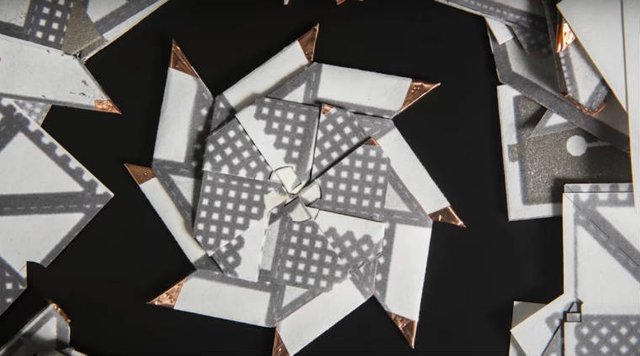Fabric-based bacteria-powered battery can generate ‘smart’ clothes, wearables

Brilliant wearables could soon be made a reality, as another investigation has made a microscopic organisms controlled self-creating power module, that can be inserted onto different texture.
Researchers have built up an altogether material based, microscopic organisms controlled battery that could prepare for brilliant garments and could be incorporated into adaptable wearable gadgets. Specialists from Binghamton University in the US made a totally material based biobattery that can deliver most extreme power like that created by their past paper-based microbial energy units.
The biobatteries show stable power creating ability when tried under rehashed extending and curving
cycles, analysts said. This stretchable, twistable power gadget could build up an institutionalized stage for material based biobatteries and will be possibly incorporated into wearable hardware later on, said Seokheun Choi, partner teacher at Binghamton University.
"There is an unmistakable and squeezing requirement for adaptable and stretchable hardware that can be effortlessly incorporated with an extensive variety of surroundings to gather continuous data," said Choi, who drove the investigation distributed in the diary Advanced Energy Materials. "Those gadgets must perform dependably even while personally utilized on substrates with unpredictable and curvilinear shapes, such as moving body parts or organs," said Choi.
"We considered an adaptable, stretchable, scaled down biobattery as a really helpful vitality innovation as a result of their feasible, sustainable and eco-accommodating capacities," he said. Contrasted with customary batteries and other enzymatic energy components, microbial power devices can be the most reasonable power hotspot for wearable hardware on the grounds that the entire microbial cells as a biocatalyst give stable enzymatic responses and a long lifetime, said Choi.
Sweat created from the human body can be a potential fuel to help bacterial feasibility, giving the long haul operation of the microbial energy components. "In the event that we consider that people have more bacterial cells than human cells in their bodies, the immediate utilization of bacterial cells as a power asset reliantly with the human body is possible for wearable gadgets," said Choi.